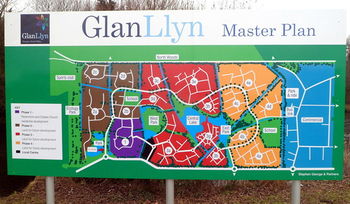Development and Implementation
We have the design - now what?

The process of making your design a reality can be the major part of the job. You may have designed a range of learning activities that meet the learning outcomes for the course - but what about making it happen? In this topic, you are finalising your learning design ideas and strategies and putting them into a well-structured and coherent Development and Implementation plan. Hence there is very little reference material. You can use the sections of the Development and Implementation table to guide you on how your plan might look. A plan template is available on Moodle.
Development phase
In the development phase, you need to decide how to integrate the four design areas that you worked on in the Design matrix - content, activities, interaction/communication and assessment. You will also need to decide on the mix of media to use, how to best meet the needs of the students, and the appropriate blend of flexible learning strategies and approaches that will meet the five dimensions of flexibility described in A practical guide to providing flexible learning in further and higher education by Casey and Wilson (2005). To refresh your memory about this topic, please also refer to Flexible Learning Strategies.
Implementation phase
In the implementation phase, you need to decide how the learning design will be actioned and put into practice with students. This may require some further exploration of the approaches you intend to use - pedagogical and technological. For example, does your plan take the diversity of your learners into account, adequately so that they have equal and fair (equitable) access to the learning environment? Have you considered workloads for students and teachers? You may wish to read Fred Lockwood's article about student workloads (located on Moodle).
Is your plan in line with the principles of sustainable education? Does it meet the strategic requirements for your organisation? Are you innovative enough to keep up with trends in the tertiary sector? You will have noticed that these links take you back to the principles covered in the Flexible Learning course which hopefully you have already studied. The feasibility of any of the strategies that you are thinking about can be discussed with the facilitator and your fellow travelers in this course. Remember, collaboration is in.
Your plan will ideally end up integrating the objectives for design and development with those for implementation, ensuring that the needs of all stakeholders are incorporated. Guidelines for developing the evaluation part of the plan will be covered in the next topic.
|
